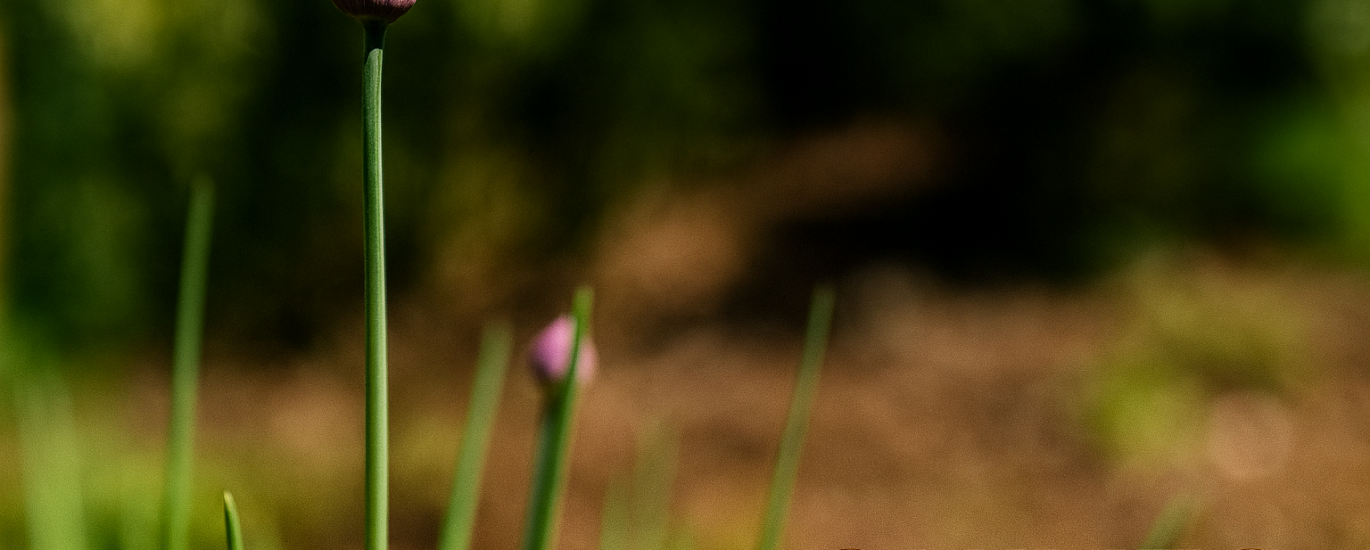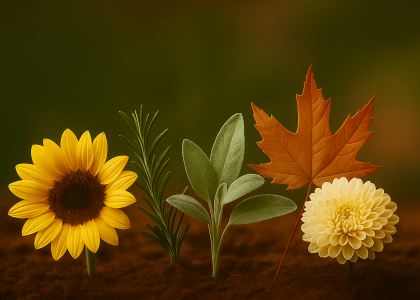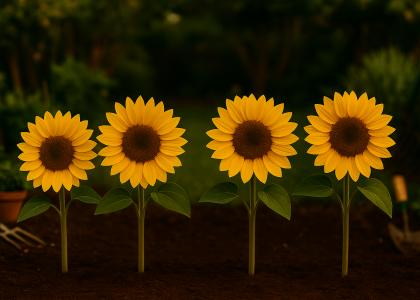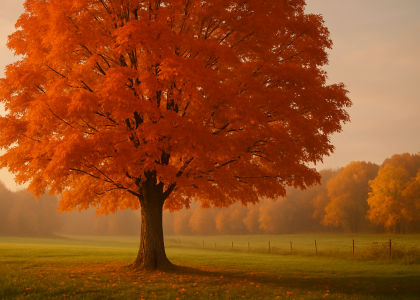Chives Overview
| Attribute | Description |
|---|---|
| Genus Name | Allium schoenoprasum |
| Common Name | Chives |
| Plant Type | Herb, Perennial |
| Light | Full Sun to Partial Shade |
| Height | 10 to 20 inches |
| Width | 10 to 18 inches |
| Flower Color | Purple, Pink |
| Season Features | Spring Bloom, Early Summer Bloom |
| Special Features | Attracts Pollinators, Edible, Low Maintenance, Deer Resistant |
| Zones | 3–9 |
| Propagation | Division, Seeds |
Why Chives Belong in Your Garden
Chives are a delightful blend of form and function. With their soft, grass-like leaves and whimsical lavender blossoms, chives are both beautiful and practical. As a hardy perennial herb, they add gentle onion flavor to culinary dishes while serving as an early food source for bees.
Whether planted in garden beds, borders, or containers, chives offer easy-care greenery that returns reliably each spring. Their tidy clumps and edible blooms bring elegance to edible landscaping and kitchen gardens alike.
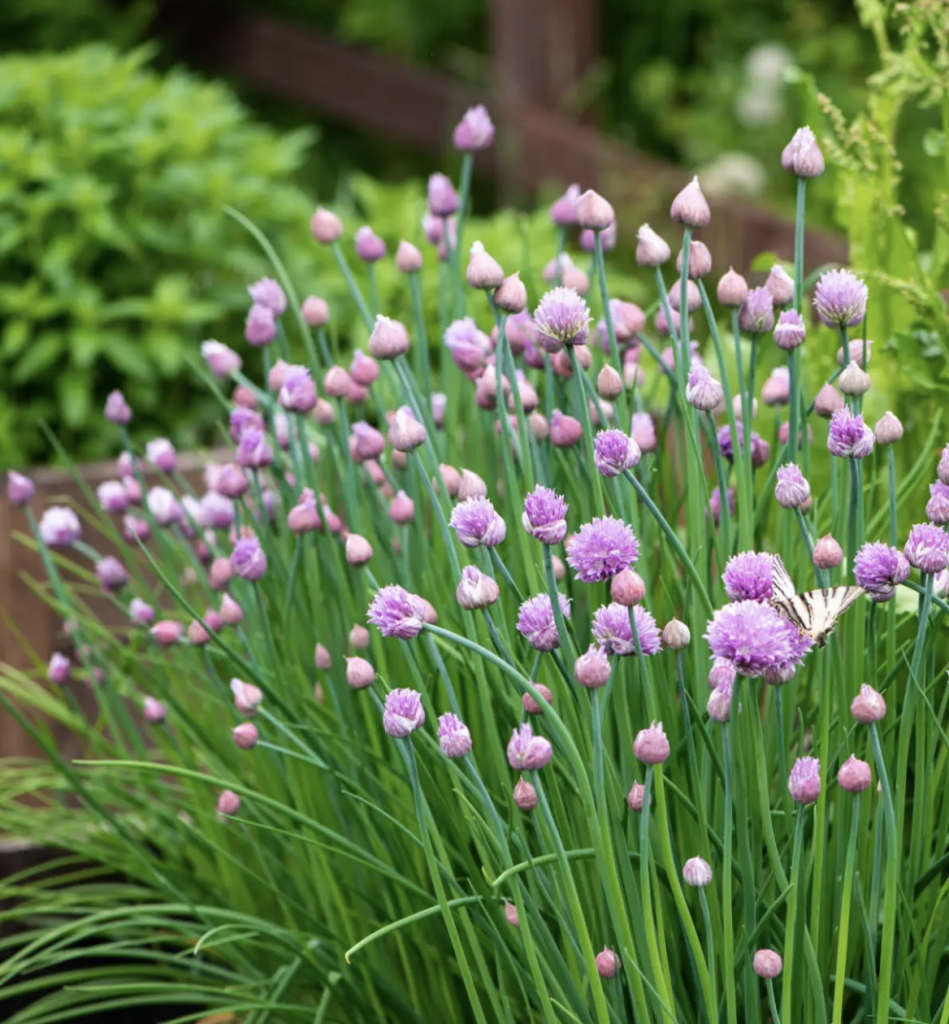
Where and How to Grow Chives
Chives thrive in full sun but can tolerate partial shade, especially in hotter climates. Plant them near vegetables or in mixed herb beds to take advantage of their companion-planting benefits. Chives deter aphids and Japanese beetles—perfect allies in organic gardening.
Soil: Choose fertile, well-drained soil enriched with compost. Slightly alkaline to neutral pH (6.0–7.0) is ideal.
Planting Time: In spring after frost or in early fall in mild climates.
Spacing: Space transplants or seedlings 8–12 inches apart to allow for clumping growth.
Chives Care Guide
Light
Chives prefer at least 6 hours of direct sunlight per day. In very hot regions, partial shade in the afternoon keeps foliage lush.
Water & Soil
Keep the soil evenly moist but never soggy. Water when the top inch feels dry, especially in containers.
Temperature & Hardiness
Chives are cold-hardy perennials down to USDA Zone 3. In zones with freezing winters, mulch around the base to protect crowns.
Fertilizer
Feed once in spring with a balanced organic fertilizer or side-dress with compost. Overfertilizing may reduce flavor intensity.
Harvesting Chives
Begin harvesting when plants are 6 inches tall. Use clean scissors to snip leaves 1–2 inches from the base. Regular harvesting encourages new, tender growth.
The mild oniony taste of fresh chives complements eggs, potatoes, soups, and dips. To dry: bundle cut leaves and hang in a warm, dry spot, then crumble and store in an airtight container.
Tip: Remove spent flower heads before they set seed to prevent self-seeding and encourage leaf production.
Chives in Containers
Chives are among the best herbs for pots. Use a container with good drainage and a mix of potting soil and compost. Water more frequently in hot weather, and divide every 2–3 years to refresh growth.
Indoor growing: Chives adapt well to sunny windowsills and can be harvested year-round indoors.
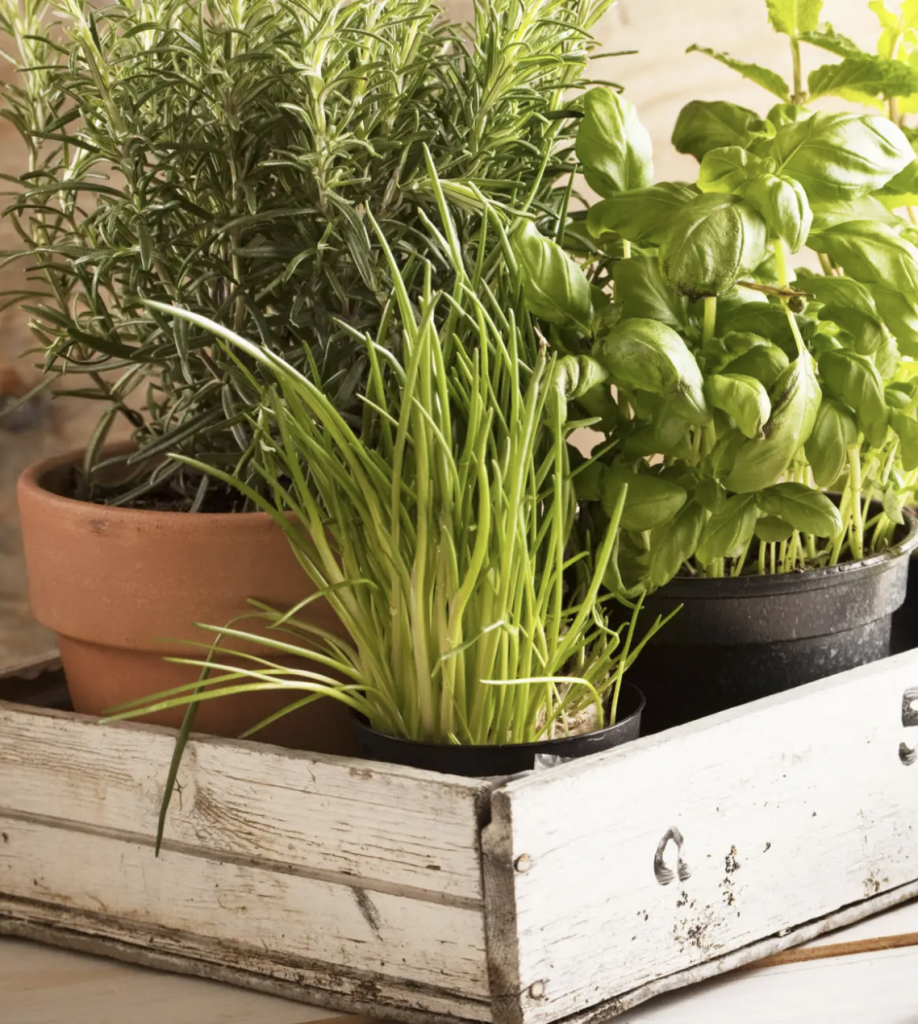
How to Propagate Chives
The easiest method is division. Every 2–3 years in spring or early fall, dig up the clump, separate the bulbs, and replant. This rejuvenates growth and helps manage overcrowding.
Chives also grow from seed, but germination takes 2–3 weeks. For stronger flavor and consistent results, division is preferred.
Common Problems & Solutions
| Problem | Solution |
|---|---|
| Leaf tip browning | Check for underwatering or root-bound pots. Trim and refresh soil. |
| Aphid infestation | Spray with water or use insecticidal soap. Companion plant with basil. |
| Weak flavor | Avoid over-fertilization; harvest regularly to promote concentrated oils. |
| Wilting or yellowing | Ensure good drainage and avoid overwatering. |
Chives Varieties to Try
- Common Chives (Allium schoenoprasum): The classic onion-flavored variety with purple pompom flowers.
- Garlic Chives (Allium tuberosum): Flat leaves with a garlicky taste and white flowers; ideal for stir-fries.
- 'Profusion': A sterile hybrid that blooms longer and doesn’t self-seed, great for decorative use.
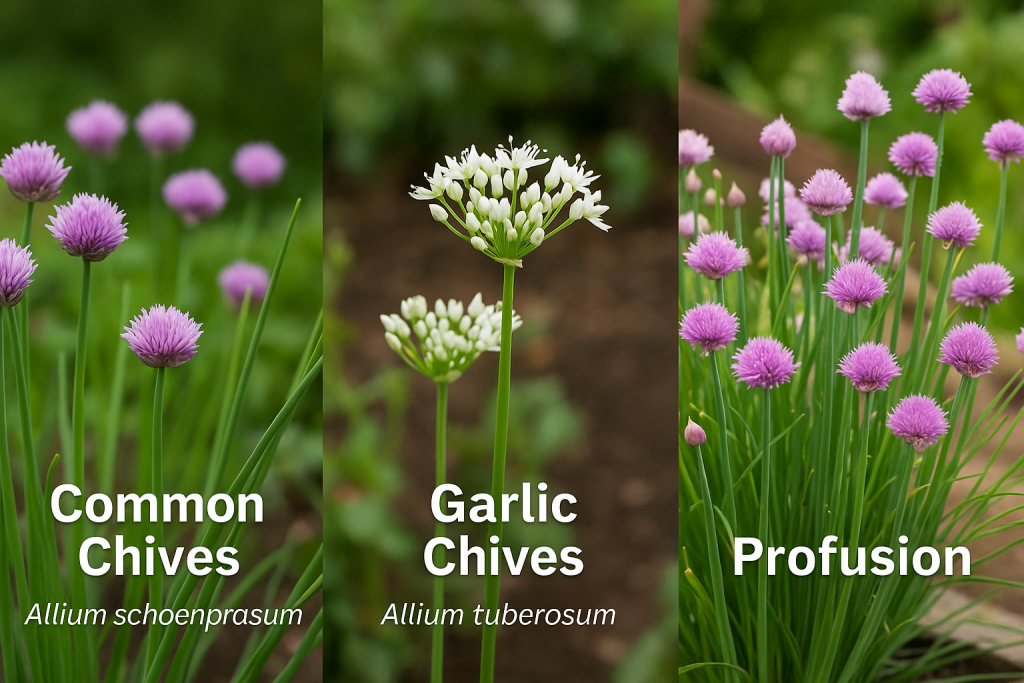
Design Ideas: How to Use Chives Creatively
- Pollinator Border: Mix chives with lavender and echinacea for a fragrant, bee-friendly border.
- Edible Edging: Line garden paths or vegetable beds with chives for a soft, green border.
- Kitchen Pot Trio: Pair with parsley and oregano in matching terra-cotta pots near your kitchen door.

Frequently Asked Questions
Are chive flowers edible?
Yes! Chive blossoms have a mild onion flavor and make charming additions to salads, soups, or herb butters.
Do chives come back every year?
Absolutely. Chives are hardy perennials that regrow each spring in most climates, often expanding into larger clumps.
Can chives grow indoors year-round?
Yes. With enough light (a sunny windowsill or grow light), chives can thrive indoors and offer fresh harvests even in winter.
Why You’ll Love Growing Chives
Chives are one of the easiest and most rewarding herbs for beginner and seasoned gardeners alike. Their graceful form, edible blooms, and minimal needs make them a staple in healing gardens. Plus, their cheerful purple blossoms offer beauty—and benefit pollinators—in equal measure.

